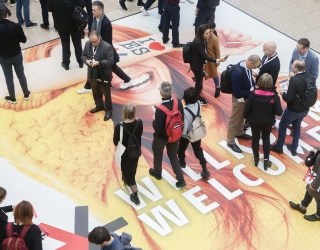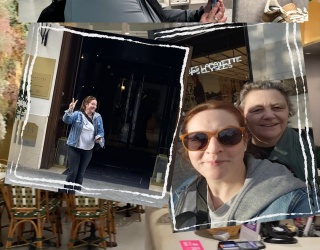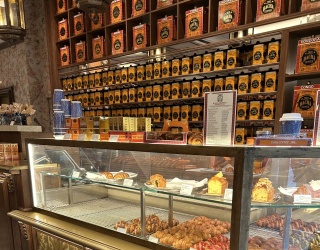In-store retail technology is evolving with great speed, and a growing trend for 2018 is ‘Shoppertainment’, a millennial-led trend where a trip to a shopping centre is as much as seeking an experience as coming home with a product. As more retailers work to improve their appeal to this crowd, footfall is rising, though not in a way which impactfully increases sales in stores.

This forecast poses a challenge for brick and mortar retailers, especially when investing to provide entertainment may provide no return, but there are solutions available to reverse this trend. Zebra Technologies’ 2018 Global Shopper Study – the company’s 10th annual survey analysing shopper satisfaction and retail technology trends, reveals these methods and argues why they should be embraced more widely. The study reveals that merchants have come a long way over the past decade to enhance the in-store shopping experience, while shopper expectations continue to rise at an exponential rate, varying greatly between the generations.
The younger generation is leading the ‘shoppertainment’ trend, with more than half (55 percent) of millennials admitting they window-shop five or more times a month. Nearly half (46 percent) of consumers surveyed claim they window-shop in-store, but go online to buy their goods, with 60 percent citing the discounts available online as one of the main reasons for shopping this way.
The retail experience no longer happens only in stores or even online, it is happening everywhere
Shoppers are faced with more buying choices than ever and will only respond to a seamless experience across every interaction point with a brand. This includes everything from the accuracy of inventory on the retailer’s website to the level of service at their brick and mortar store to the delivery experience and, of course, their satisfaction with the final product.
Therefore, by replicating the convenience and price benefits of online shopping in store, savvy retailers are better equipped to compete against online market places and e-retailers than one might assume. Nearly a third (32 percent) of shoppers admit that helpful retail assistants encourage them to spend more, while over half (52 percent) believe they have a better shopping experience when retail assistants use technology.
Advancing technology has played a role in the rapid rise in customer expectations ...
... but it also presents to the solution to meeting them. Sales associates armed with the right technology tools are better equipped to serve customers and increase a retailers’ profitability. With increased visibility, real-time information and actionable insights technology enables, such as when and where a product is available or tailored offers for loyal customers, stores can bring the online experience into real life. Price and personalized experiences are key, with over two thirds (68 percent) of consumers saying they would like retail assistants to use devices to offer them discounts in-store.

The push to streamline and digitize the in-store experience has turned up the heat on retail businesses in an already competitive environment. Brick and mortar stores are quickly expanding their e-commerce capabilities while online-only retailers now venture into making brick and mortar footprints. Retailers must constantly innovate across the front of store, back of store and distribution center not only to enhance the customer experience but also to increase efficiency. For example, introducing services like click and collect add additional processes for the retailer, each of which needs to be optimized to ensure profitability. Zebra’s guide to profitable click and collect provides a practical guide for how technology can help do this.
The message is clear:
Simple steps such as equipping retail staff with more powerful connected devices such as tablets or mobile computers, as well as giving them the autonomy to improve customer experience through information or discounts, will help traditional retailers compete in a growing omnichannel environment. Shoppertainment shows that in-store experience remains a key component in the shopper journey, and retailers need to capitalise on rising in-store traffic by building a more personalised and engaging shopping experience for consumers.
Heightened customer expectations continue to drive retail transformation and fuel technology investment. The shoppertainment trend is driving retailers to invest in their physical stores; however, it’s important to understand that increased footfall will not necessarily increase sales. Retailers need to focus investment on the right personalized experience and service to customers upon entering the store, and this includes the inclusion of the latest technology.
Survey background / methodology
Zebra’s 10th annual shopper study included nearly 7,500 shoppers from North America, Latin America, Asia-Pacific, Europe and the Middle East who were interviewed in September 2017 by online research partner Qualtrics. 2,468 of these shoppers were from EMEA.
For more information, visit Zebra's retail solutions.








